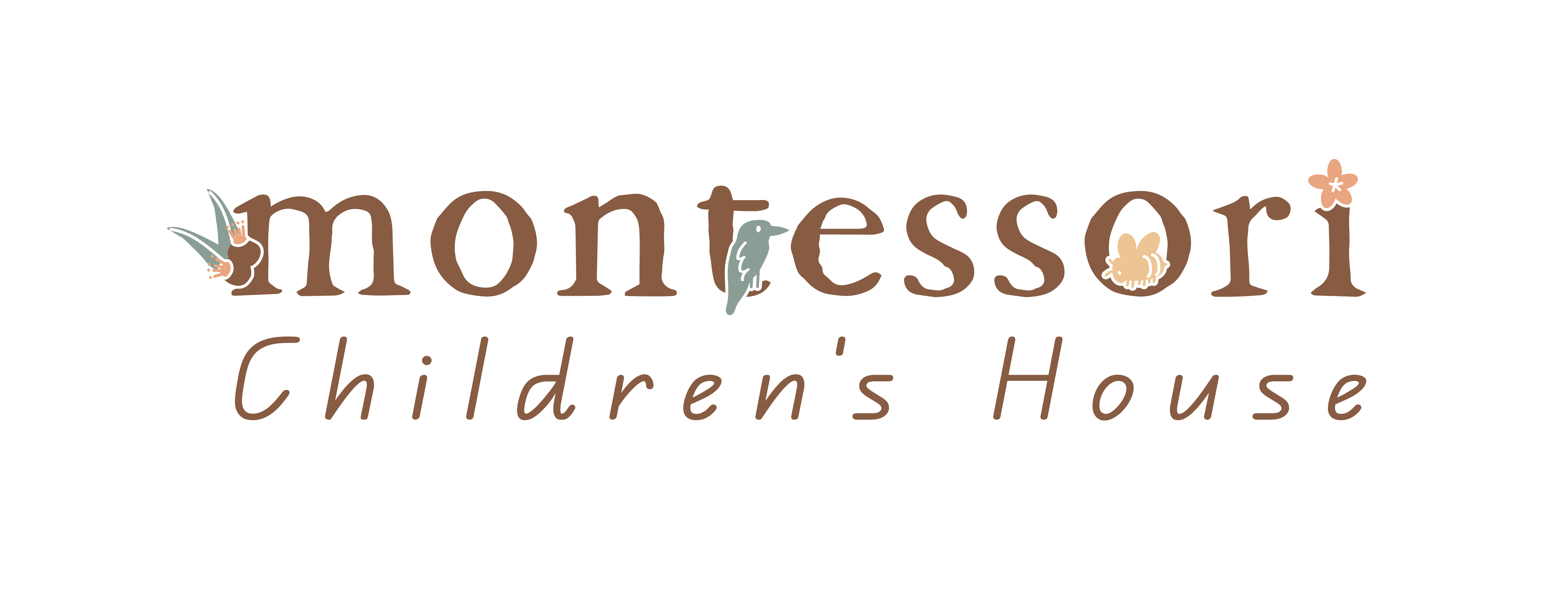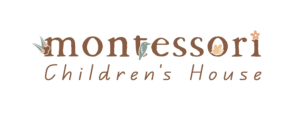The Montessori Difference
The Montessori Approach fosters independence, self-discipline, self-confidence, self-esteem and resilience. Children develop their concentration and executive functioning skills as well as a love for learning.
The Prepared Environment
In a Montessori Environment, children become immersed in an atmosphere of orderliness, calmness and purposeful work. The environment is prepared according to the needs and interests of the children in the group.
There are five curriculum areas in a Montessori Centre:
Practical Life activities are purposeful tasks that simulate the activities involved in everyday life. The exercises fall into four categories: Care of the Self, Care of the Environment, Grace and Courtesy, and Control of Movement.
Sensorial activities are those which refine the five senses – tactile, visual,
auditory, olfactory, and gustatory senses.
Language materials enable children to explore letters, sounds, handwriting, and eventually reading and writing.
The Maths curriculum is based on giving children exposure to concrete materials first, then giving them incremental opportunities to work to more abstract concepts working within the 1-10 concept and beyond.
Cultural activities expose the child to such fields of enquiry as history, geography, science, biology (zoology, botany) and the arts.
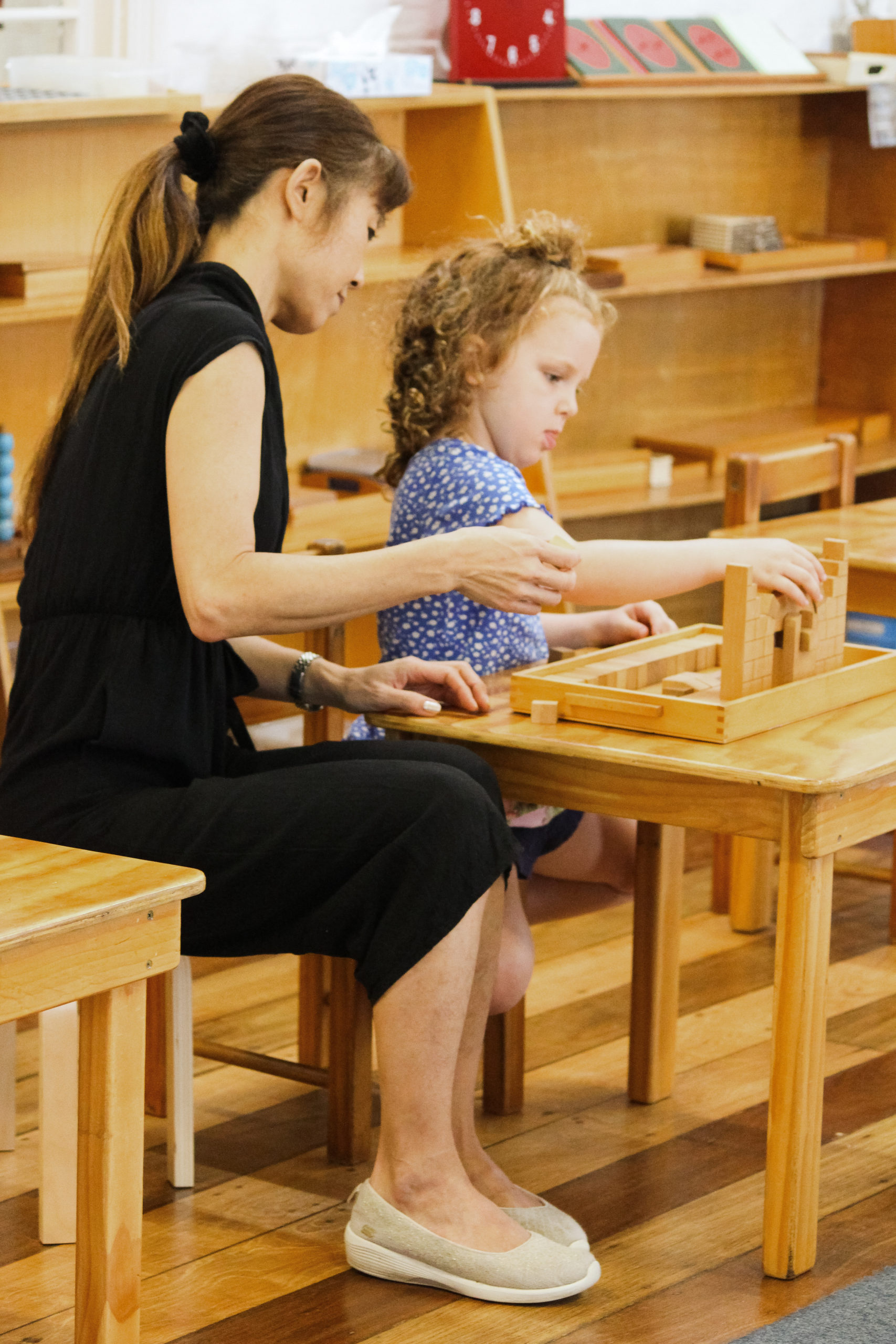
Your child’s experience
When your child attends the Montessori Children’s House, their experience is governed by our overarching vision of World Peace and our mission to nurture respect, curiosity and imagination; to inspire a passion for excellence; and to awaken the human spirit.
Each day, your child will be involved in a learning environment that:
- focuses on respect for their individual progress and development
- recognises that children possess an intrinsic motivation to learn and to become independent and competent
- children work in a harmonious environment
- comprises a mixed-aged group, where older children support the younger ones and are role models
- encourages learning as an individual, in a small group, or within the group as a whole
- staff are responsive, conscientious and dedicated to the Montessori approach
- welcomes participation of parents, families and other members of the community
- is set in traditional buildings, including a horse stable, within spacious gardens and grounds
What is the Montessori method?
The Montessori Method of Education is a worldwide educational approach for kindergarten, preschool, primary and secondary level.
This method has proved successful with children from diverse cultural and religious backgrounds. There are many Montessori schools throughout North and South America, Europe, Asia and Australia.
Dr Maria Montessori, who lived from 1870 to 1952, was a brilliant and original educator, scientist, doctor, humanitarian and philosopher. She believed that children have an innate positive attitude towards learning.
In the course of her career, she developed an early childhood centre, which she called “A Children’s House”, in San Lorenzo in Rome in 1907. She prepared an environment with a range of equipment which she designed and a variety of activities specially suited to young children, based on universal laws of child growth and development. Within this environment, Dr Montessori acted as a guide.
The children thrived on being able to choose their own activities and materials. They seemed contented and rested in their labours as though some great inner need was being satisfied. They appeared more self-confident, more self-disciplined and more loving towards each other. Dr Montessori believed that education begins at birth and that the first six years of life are the most formative in terms of a child’s development. It is during this time that a child’s powers of absorption are highest, and that attitudes and patterns of learning that last for life are formed.
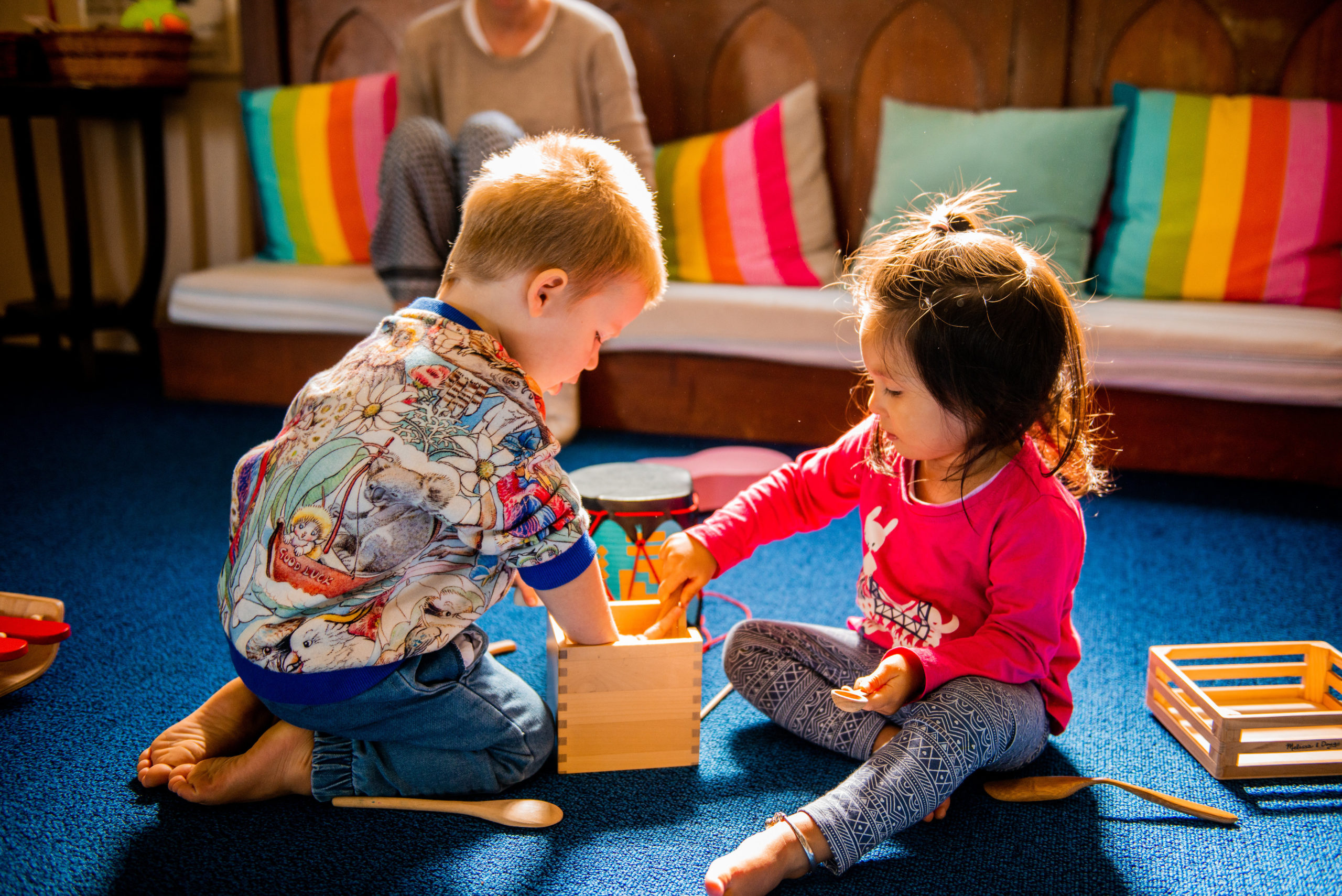
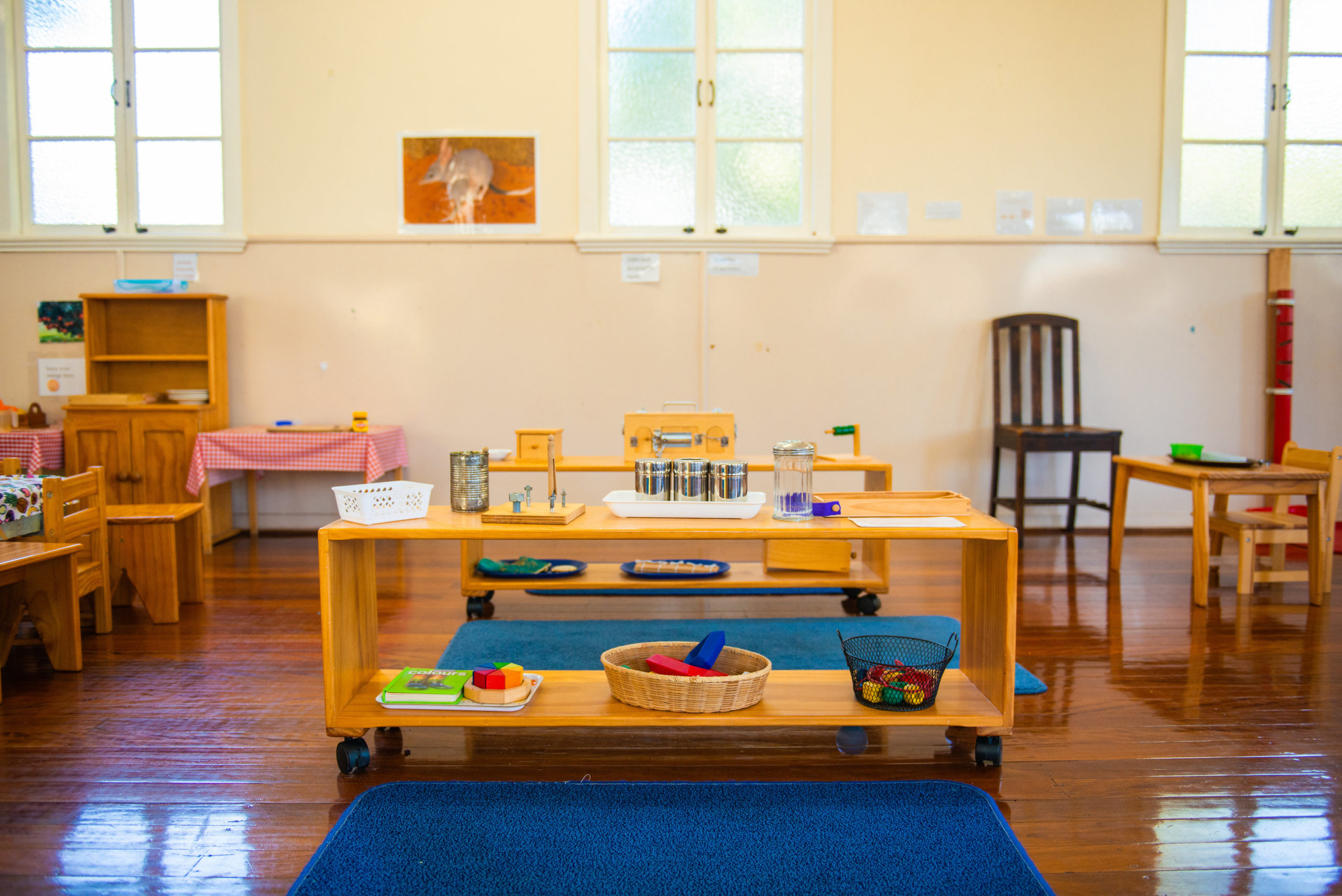
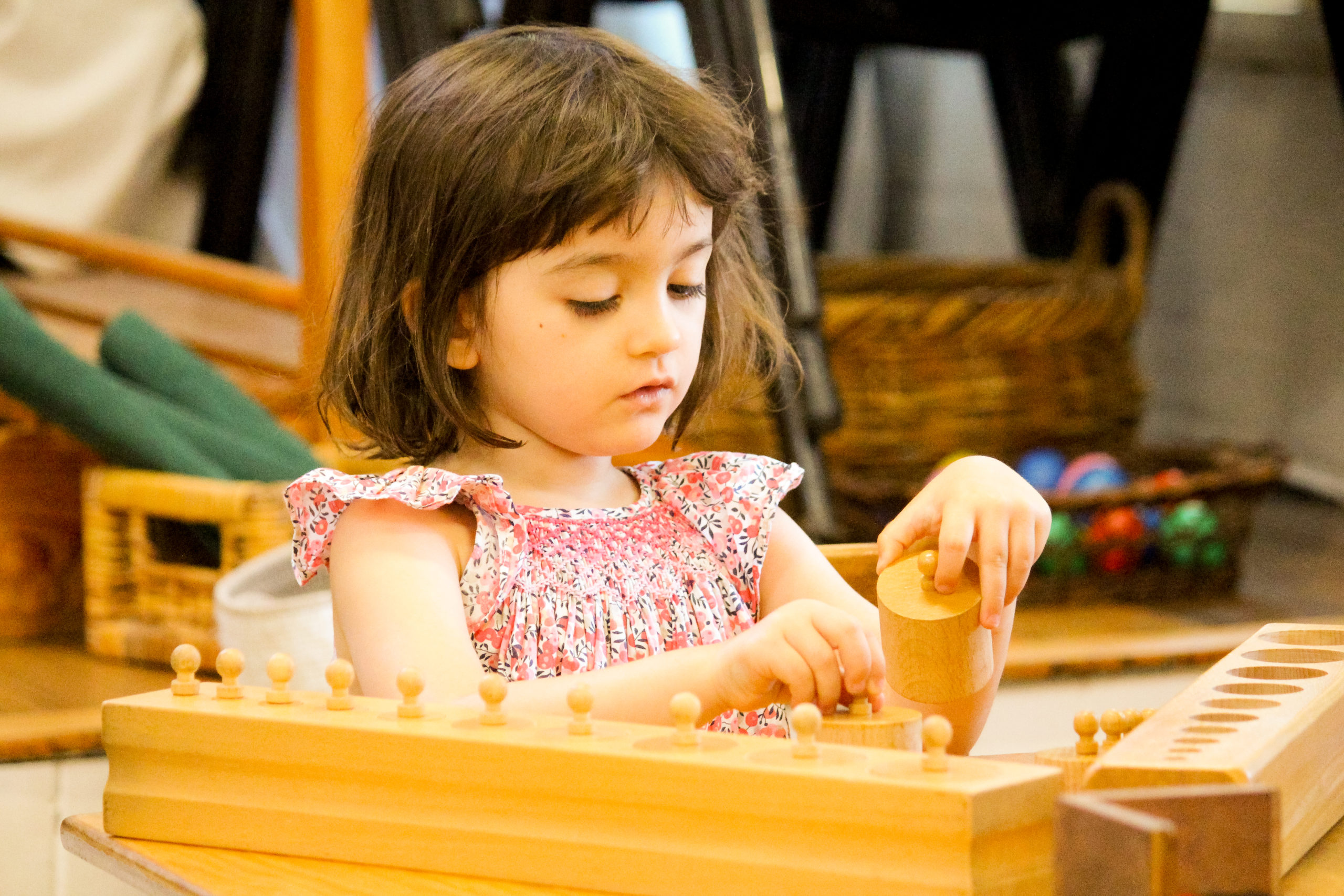
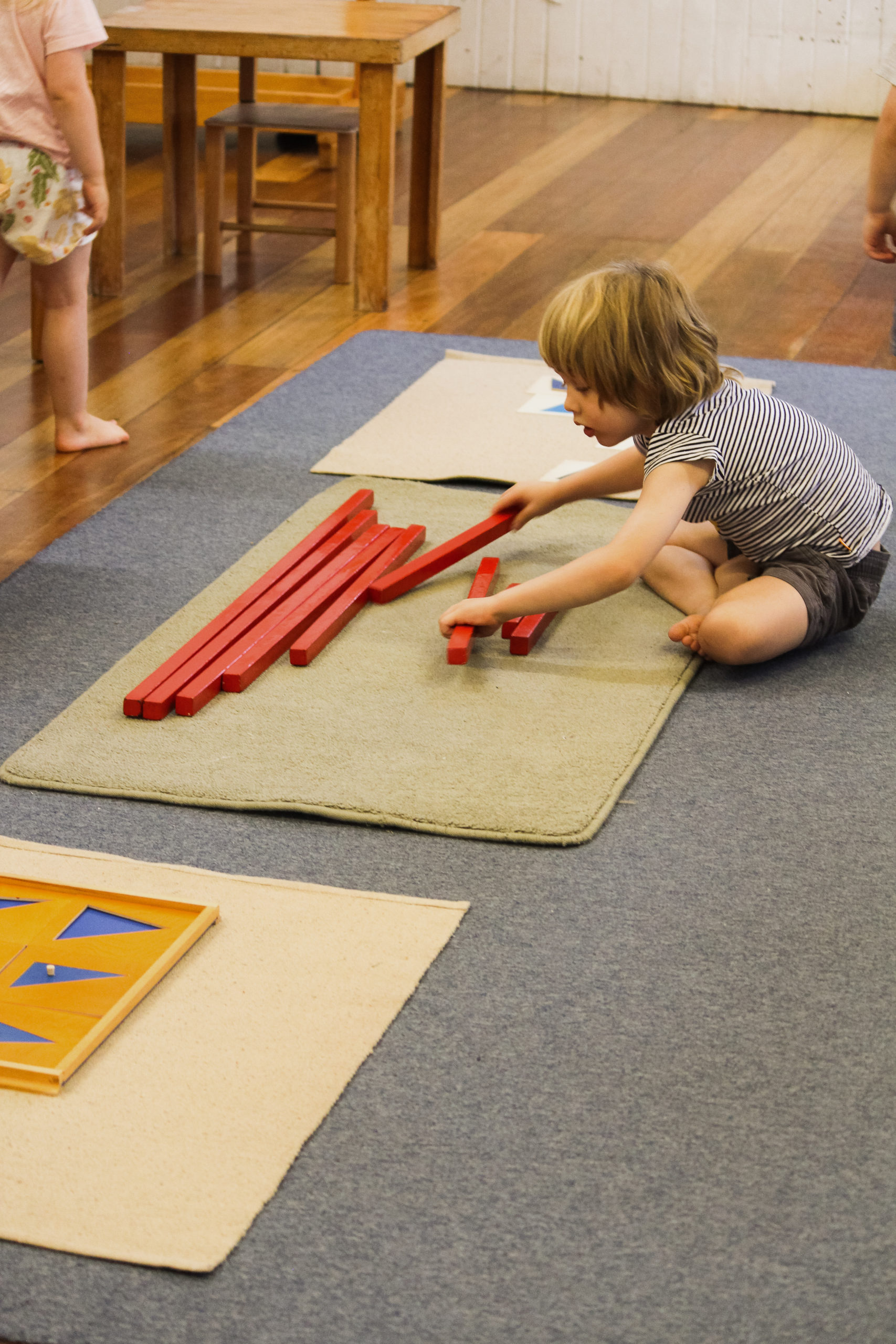
Contact us
Fill in your information below and one of our friendly team will get back to you as soon as possible.
